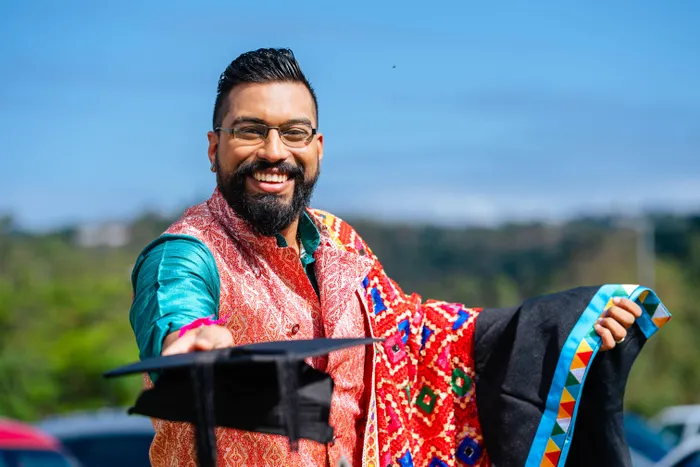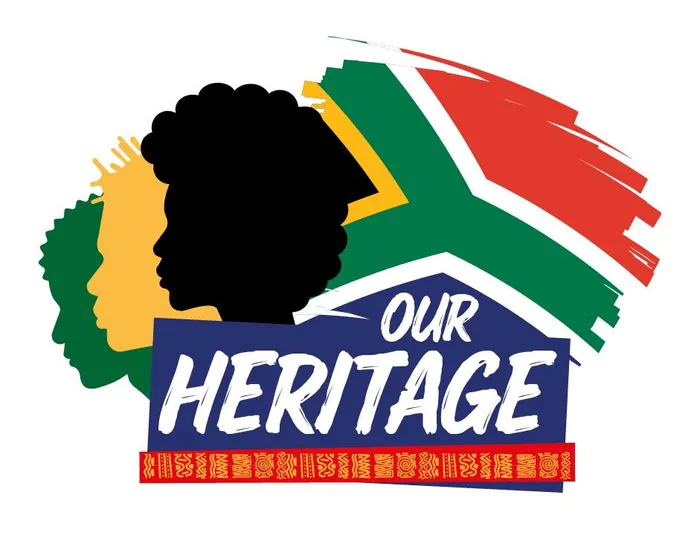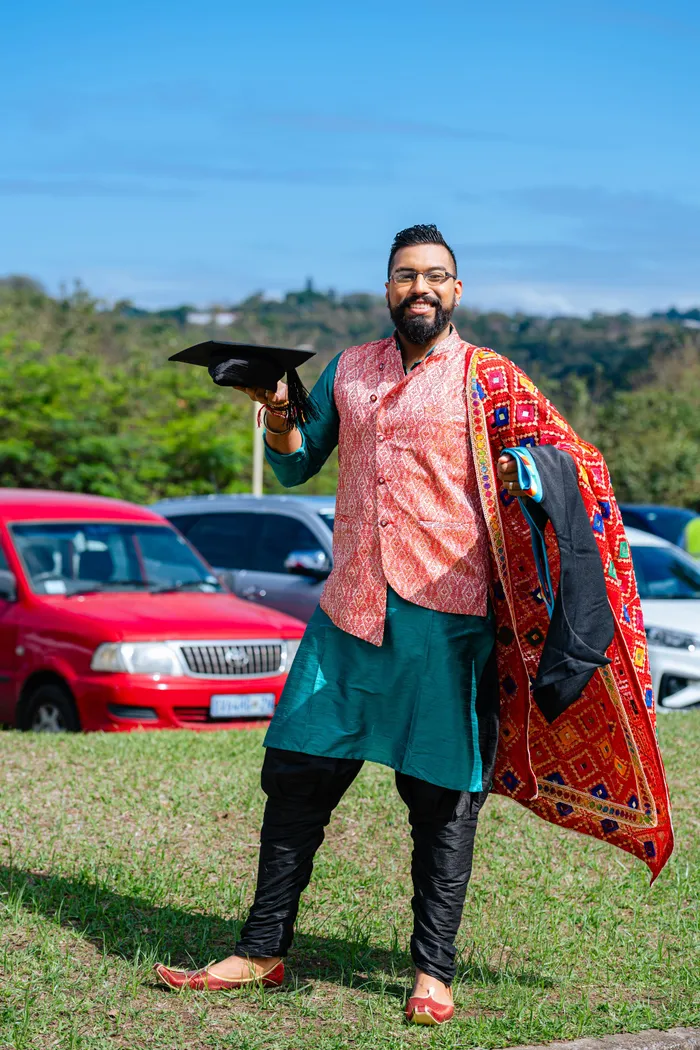Exploring masculinity through Nagara dance

Dancer and academic, Nico Nehaal Ramdhani, master's research focused on Nagara dancers
Image: Sethu Dlamini
The intricate tapestry of gender and culture finds an intriguing thread in the research of Nico Nehaal Ramdhani, a dancer and academic whose study delves into the world of Nagara dancers in Durban and how they navigate their masculinity before, during, and beyond performance.
In his master's thesis, titled Queering Masculinity: Engaging the Performance and Meaning among Nagara Dancers in Durban, KwaZulu-Natal, Ramdhani unravels the complexities of masculinity as expressed through the devotional and performative acts of these dancers, who typically don women’s clothing while performing religious dances.
Ramdhani, 32, from Reservoir Hills, graduated with a Master of Theology in Gender, Religion and Health from the University of KwaZulu-Natal.
His decision to explore queering masculinity within the context of Nagara dancing emerged from a personal and scholarly intersection.

September is Heritage Month
Image: File
The roots of Nagara dancing trace back to the 1860s when Indian indentured labourers brought the tradition to South Africa as a means of cultural preservation and entertainment.
Nagara, often performed during Hindu religious festivals, especially Goddess worship, is traditionally associated with male dancers who embody both devotional and performative roles of the Goddess Saraswathi.
"Using queer theory, gender performativity, and religious dance frameworks, I explored how dance becomes a medium for expressing an expanded form of masculinity — one that is devotional, fluid, and resistant to binary categorisation.
"I observed that these dancers frequently blur the boundaries between masculine and feminine expression through embodiment and religious dance, yet remain under-theorised in academic discourse," he said.
As a dancer and director of Nehaal Productions, a Bollywood and classical dance company, and an academic with a background in gender studies and theology, Ramdhani said he was compelled to examine how ritual performance, particularly Nagara dancing, provides a site for reimagining masculinity beyond rigid heteronormative frameworks.
"In chapter one, I argue that the Nagara dancer’s body becomes a living archive of contested masculinities, where devotion, sensuality, and resistance coalesce.
"This topic allowed me to engage critically with embodiment, gender performativity, religious dance, masculinity, and cultural identity within South African Indian communities," he said.
Ramdhani said the study focused on how Nagara dancers navigate their masculinity before, during, and beyond performance.
His study revealed that masculinity is not a rigid category, but one that can expand, move, and embrace sacred femininity.
“I found that Nagara dancers do not experience ritual femininity as a contradiction to their masculinity, but as a means of expanding it, offering a culturally grounded model of inclusive masculinity.
"Public perceptions of Nagara dancers are layered and often contradictory, an area that could form the basis of a future doctoral thesis, primarily as I aim to complete my PhD before the age of 35.
"While many view Nagara dancers as spiritual devotees, others question their gender expression, particularly when dancers exhibit traits deemed effeminate. Through interviews and personal observation, I found that dancers are simultaneously revered and ridiculed. One participant noted: “People say we are ‘too soft’ to be real men, but when the drum beats, they still call us to lead the procession"," he said.
He said that Nagara dancers were largely revered, adding that the ridicule stems from a lack of understanding of the context and historical legacy in which Nagara has been imagined.
To foster a greater understanding of Nagara, Ramdhani advocates for a kind of education rooted in context and storytelling.
"I propose community-based workshops led by experienced Nagara dancers that integrate oral histories, dance demonstrations, and theological reflection. As I argue in my thesis, “to understand Nagara is to witness its rhythm, the art form, its sacrality.”
"By situating the dance within its ritual and socio-political context, we can foster appreciation and dismantle prejudice. A significant aspect of this is creating space for inquiry, asking challenging questions with respect and openness," he said.
He said he had to step outside his own beliefs to truly understand the responses from the participants.
"Nagara dancers form a small, tightly knit community committed to upholding tradition with dignity. My dance background and network enabled me to engage with them on deeply personal matters relating to masculinity. Therefore, any educational engagement must be approached with cultural sensitivity and mutual respect," he said.
Ramdhani's style of dance is interdisciplinary, drawing from classical Indian forms such as Bharatanatyam and Kathak, contemporary movement, and ritual-based performance.
His styles were showcased in various dance and theatre productions in Durban, including Maha Mariamman – The Musical and Chal Naach.
Ramdhani said his entire life has been shaped by dance, temple rituals, and a family deeply committed to community and education.

Nico Nehaal Ramdhani
Image: Sethu Dlamini